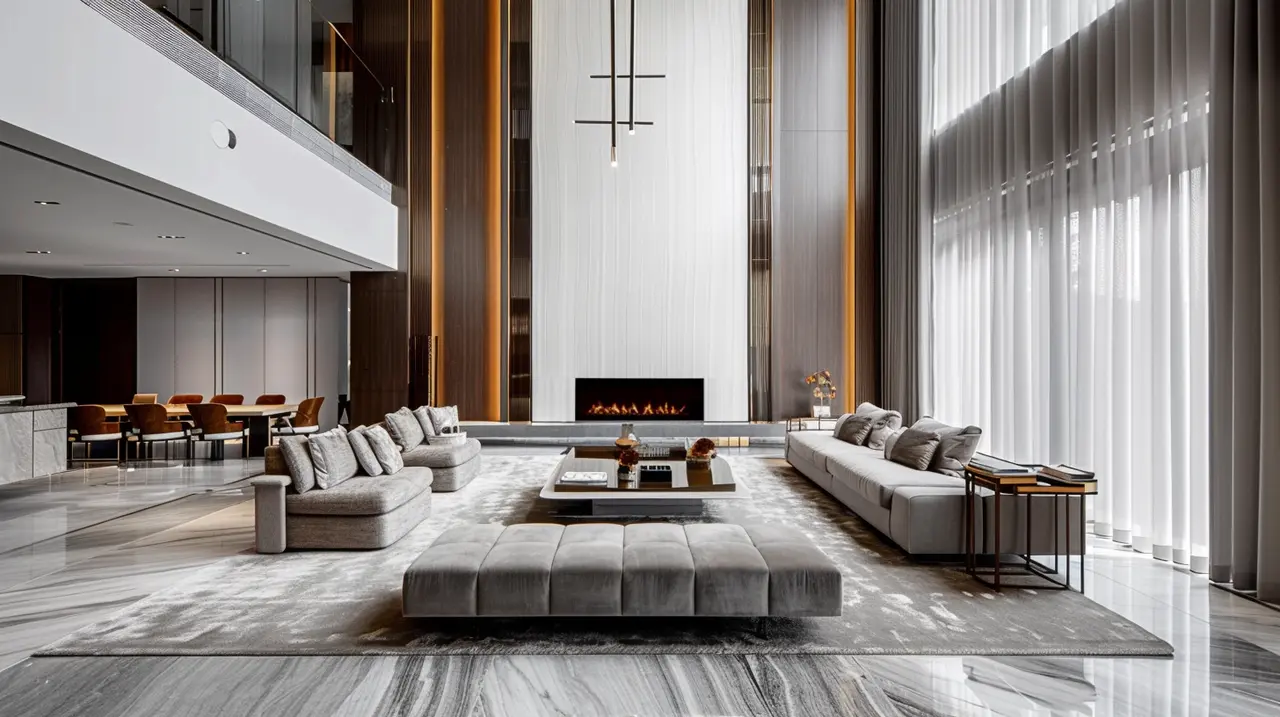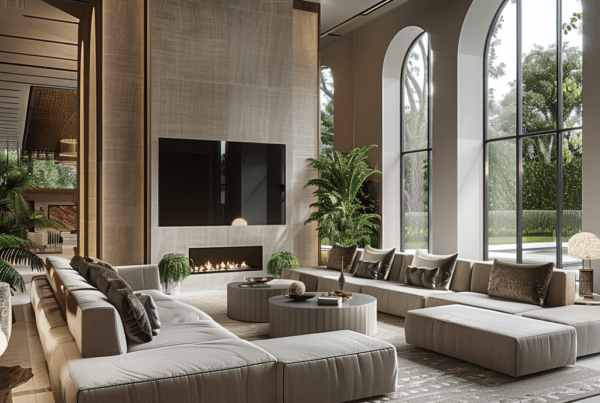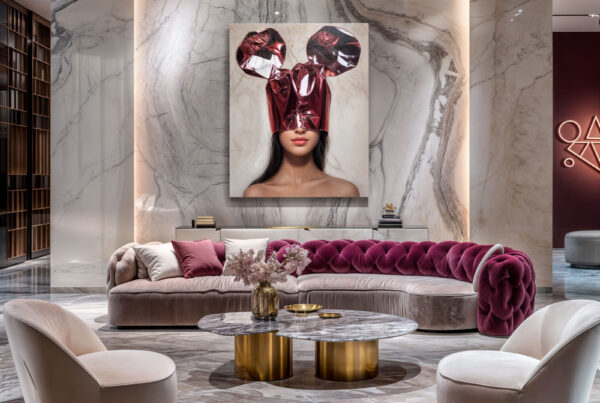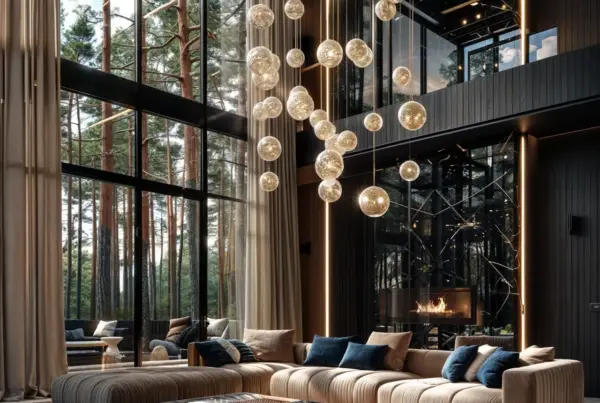Evolution of Residential Design
Residential design has come a long way, shifting from traditional styles to more innovative and futuristic concepts. Home design trends have evolved over time, embracing modern technologies and sustainable materials. Today, architects and designers focus on creating functional spaces that promote comfort, convenience, and environmental consciousness. Smart home integration and energy-efficient solutions are becoming prominent features in modern residential design. The evolution of residential design reflects society’s changing needs and preferences, paving the way for more efficient and aesthetically pleasing living spaces.
Importance of Innovation in Home Design
Innovative home design is crucial for creating spaces that are functional, aesthetically pleasing, and tailored to fit the needs and preferences of the residents. By embracing innovation in home design, homeowners can elevate their living environments to reflect their unique style and personality. Innovative design ensures that homes are equipped with the latest technologies and trends, making them more sustainable, efficient, and comfortable. It also allows for creative solutions to spatial challenges, maximizing every inch of the living space. Through innovation, home design becomes a dynamic and evolving process that keeps up with the changing needs and lifestyles of individuals and families.
Trends Shaping the Future of Residential Design
Modern residential design trends are constantly evolving, reflecting changing lifestyles and preferences. Here are some key trends shaping the future of residential design:
- Sustainable Design: As environmental concerns grow, more homeowners are opting for sustainable and eco-friendly design elements.
- Multifunctional Spaces: Versatile spaces that can serve multiple purposes are becoming increasingly popular to maximize living areas efficiently.
- Smart Home Technology: Integration of smart technology for increased convenience and energy efficiency is a rising trend in residential design.
- Biophilic Design: Incorporating elements of nature into living spaces to promote well-being and a connection to the outdoors.
- Minimalism: Simplistic and clutter-free designs that focus on clean lines and functionality are gaining popularity.
- Flexibility: Designing spaces that can easily adapt to changing needs and lifestyles for long-term usability.
- Personalization: Customizing spaces to reflect individual tastes and preferences to create unique and inviting home environments.
- Wellness Spaces: The inclusion of dedicated areas for relaxation, meditation, fitness, and overall well-being within the home.
- Natural Light: Maximizing natural light through large windows and skylights to create bright and airy living spaces.
Sustainable Practices in Innovative Design
Sustainable practices in innovative design are essential for creating environmentally friendly living spaces. Using materials that are renewable and energy-efficient can lower the carbon footprint of a building. Some sustainable design practices include using recycled materials, incorporating green spaces, and installing energy-saving technologies like solar panels. By implementing these practices, architects and designers can create homes that are not only aesthetically pleasing but also promote a healthier planet for future generations.
Technology Integration in Home Design
Smart home technology is becoming increasingly integrated into modern residential design. Home automation systems allow homeowners to control various aspects of their homes, such as lighting, heating, and security, through their smartphones or voice commands. Energy-efficient appliances and smart thermostats help reduce utility costs and environmental impact. Innovative materials, like self-healing concrete and solar roof tiles, are changing the way homes are built. Virtual reality tools enable architects and homeowners to visualize designs before construction begins, ensuring a more accurate and efficient building process.
Maximizing Space in Residential Design
When designing a residential space, maximizing space is key to creating a functional and visually appealing environment. Here are some tips to help you make the most of your space:
- Utilize multi-functional furniture to save space and add versatility to your rooms.
- Incorporate smart storage solutions such as built-in shelving, hidden cabinets, and under-bed storage to keep clutter at bay.
- Opt for light colors on walls and floors to create a sense of openness and airiness in small rooms.
- Use mirrors strategically to reflect light and give the illusion of a larger space.
- Embrace minimalism by decluttering and only keeping essential items to prevent overcrowding.
- Consider open floor plans to create a seamless flow between rooms and enhance the feeling of spaciousness.
By implementing these strategies, you can maximize space in your residential design and create a more comfortable and functional living space.
Influential Architects and Designers
Renowned architects and designers like Frank Gehry, Zaha Hadid, and Philippe Starck have left a lasting impact on the world of architecture. Their innovative designs have redefined residential spaces, blending functionality with artistic flair. These visionaries challenge traditional norms, pushing boundaries to create spaces that inspire and captivate. Their unique design philosophies continue to shape the future of residential design, setting new standards for creativity and ingenuity.
Personalizing Your Living Space
When personalizing your living space, consider adding unique touches that reflect your personality and style. You can achieve this by incorporating elements such as:
- Color schemes: Choose colors that resonate with you and create the ambiance you desire.
- Decorative accents: Add items like artwork, sculptures, or plants to enhance the aesthetic appeal of your home.
- Furniture selection: Select furniture pieces that not only fit the space but also align with your preferred design aesthetic.
- Lighting choices: Opt for lighting fixtures that create the desired mood while also providing functionality.
Balancing Aesthetics and Functionality
When designing your home, it’s crucial to strike a balance between aesthetics and functionality. Here are some key points to consider:
- Aesthetics:
- Focus on creating a visually appealing space that reflects your personal style.
- Choose colors, textures, and patterns that resonate with you.
- Incorporate elements like artwork, plants, and decorative pieces to enhance the overall look.
- Functionality:
- Ensure that the layout of your space is practical and serves its purpose effectively.
- Opt for furniture and fixtures that are both stylish and functional.
- Keep the flow of the space in mind to ensure ease of movement and use.
By finding the right mix of aesthetics and functionality, you can create a home that not only looks great but also works well for your everyday needs.
Creating a Vision for Your Dream Home
When creating a vision for your dream home, start by visualizing how you want each room to look and feel. Consider the following steps:
- Research: Look for inspiration from design websites, magazines, and social media platforms.
- Budget Planning: Determine how much you are willing to invest in your dream home.
- Prioritize: Decide which aspects of the design are most important to you, such as layout, color scheme, and furniture style.
- Professional Help: Consider consulting with an interior designer or architect to help bring your vision to life.
- Personal Touches: Incorporate elements that reflect your personality and lifestyle into the design.
By following these steps, you can create a vision for your dream home that is both functional and aesthetically pleasing.




